Manhar Desai
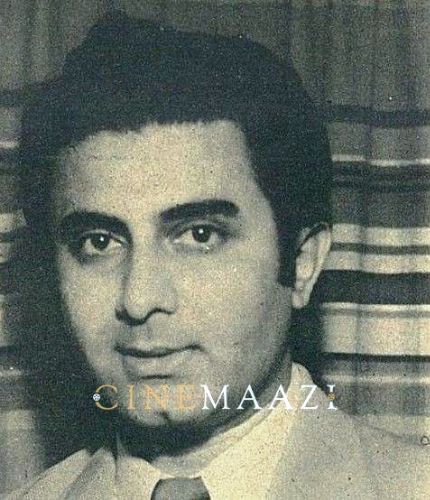
Subscribe to read full article
This section is for paid subscribers only. Our subscription is only $37/- for one full year.
You get unlimited access to all paid section and features on the website with this subscription.
Not ready for a full subscription?
You can access this article for $2 , and have it saved to your account for one year.
- Real Name: Malcolm Alfredo Desai
- Born: 3 August 1917 (Bombay Presidency, British India)
- Died: 25 February 1992 (Bombay)
- Primary Cinema: Hindi
Actor Manhar Desai is known for films such as Gunsundari (1948), Mangalphera (1949), Madhosh (1951), Chandramukhi (1960) and Banjarin (1960). He was born Malcolm Alfredo Desai into a Gujarati Christian family of Ahmedabad on 3 August, 1917 in Bombay. His family moved to different places across the country as his father, being a Police Inspector, was often transferred in the course of his work. Gifted with good looks, Manhar’s passion for acting became apparent at a young age. At 13 he ran away from home to become an actor. He returned to continue with his studies and passed the Matriculation examination. The family thereafter moved to Bombay. At 15, still eager to try his luck in films, an opportunity arose when the carpenter who handled minor jobs for the Desai family also happened to work for M B Billimoria, the well-known exhibitor and distributor. Procuring a letter of introduction to Paramount Studios’ Kikubhai Desai, Manhar landed his first job—a stunt double for hero in riding sequences. Not enamoured of the experience or the studio environment, he decided to quit and pursue a college education. Joining Wilson College, he earned his BA in English Literature and joined post-graduate classes. However, due to financial difficulties, he had to give up further study, and take up a job. He worked a range of jobs including in the PWD, and the Military Accounts at Poona, selling electrical goods, and as a sales assistant at Fazalbhoy’s Photophone Equipments. His dream of becoming a film actor though was still alive and he occasionally visited film studios, to try his luck.
His breakthrough came when he was serendipitously offered a hero’s role by N C Panday. Back when he was working at the Paramount Studio, he had befriended Panday who had promised to make him a hero if he ever directed a film. Panday lived up to his promise and thus Manhar Desai debuted as a bona fide hero of stunt films with Toofani Sawar (1947). He cemented his status as a star when his Gujarati film Gunsundari (1948) ran for an admirable forty-two weeks. He went on to feature in the Gujarati hits Mangal Fera (1949), Naseebdar (1950) and Gada No Bel (1950).
Manhar’s break in Hindi films came when he caught the eye of the famous filmmaker J B H Wadia, who saw him in Mangal Fera. Wadia cast him in Madhosh opposite Meena Kumari, no less. A string of Hindi socials followed for Manhar, such as Hyderabad Ki Nazneen (1952), Naya Rasta (1953), Anand Bhavan (1953), Gharbar (1953), and Hazaar Raaten (1953). Thus, did Manhar become a popular hero whose fame spread across the country. After featuring in Naag Panchami (1953), he became a favourite for mythologicals as well, even though he personally preferred the genre of socials.
Among the popular songs picturised on him are Meri yaad me tum na aansu bahana from Madhosh (1951), Thaane kaajaliyo banaalayun mhaare nainaa men ramaalyun from Veer Durgadas (1960), Bahaaren aaengi honthon pe phul khilenge from Navratri (1955), Hame ho gaya tumse pyar bedardi balma from Madhosh, Naa jane kaisi buri ghadi me arthi nahin nari ka from Naag Panchami (1953), Buron ki jit duniyaa me bhagawaan tujhe main kat likhataa from Manchala (1953), and Kaliyon ka rup mila tarase jiya barase piiya from Veer Rajputani (1955).
On the personal front, he was married to a girl who was his classmate at Wilson College. Fond of reading and collecting books on genres such as art, philosophy and biographies, he was also an amateur artist and had painted several portraits and landscapes. Travelling to places of artistic interest was his passion.
Manhar Desai passed away on 25 February, 1992.
-
Filmography (92)
SortRole
-
Gangor 61702
-
Nanibai Ko Mayero 61702
-

Maya Bazaar 1984
-
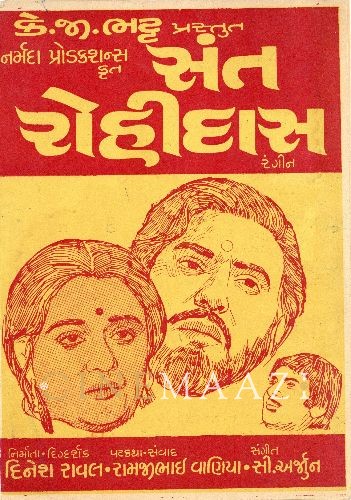
Sant Rohidas 1982
-
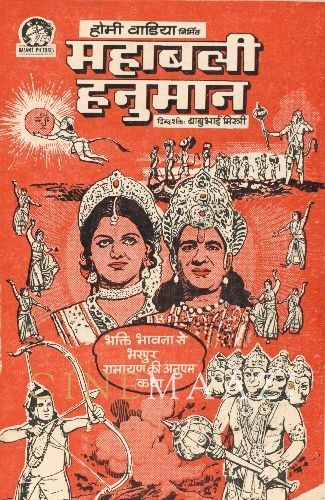
Mahabali Hanuman 1981
-
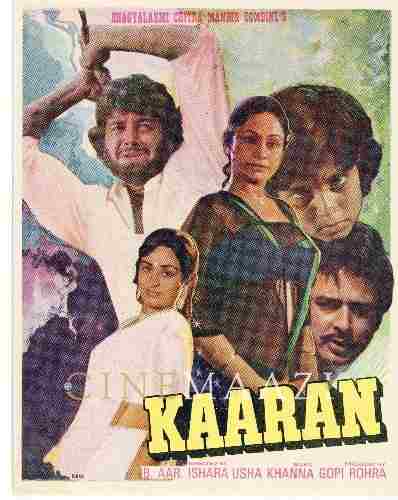
Kaaran 1981
-
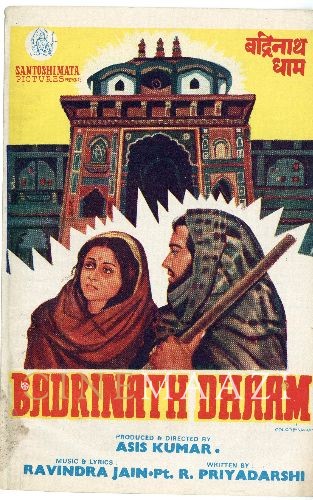
Badrinath Dhaam 1980
-
Mahaabali Hanumaan 1980
-
Gopaal Krishna 1979
-
Jaan-e-Bahaar 1979
-
Gangaa Saagar 1978
-






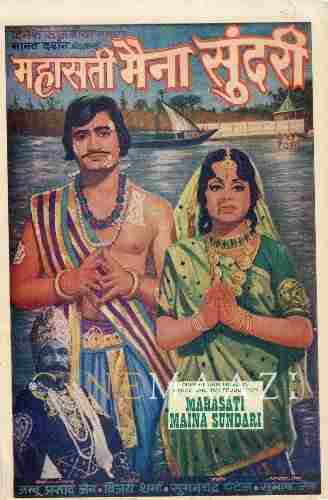
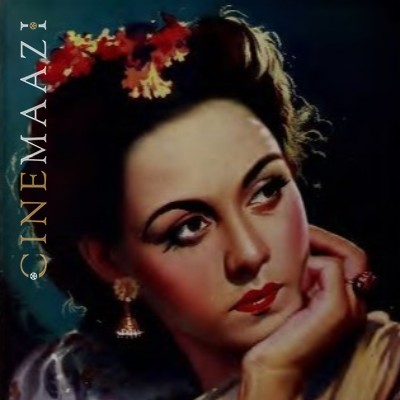


.jpg)



